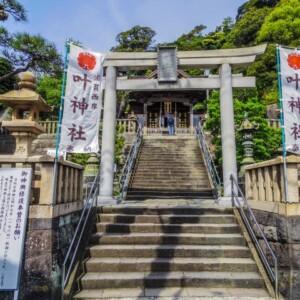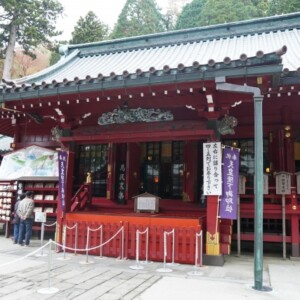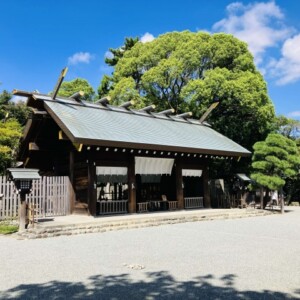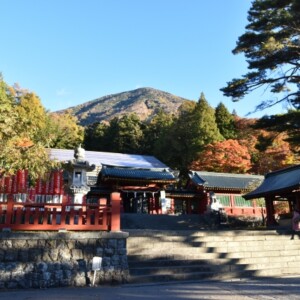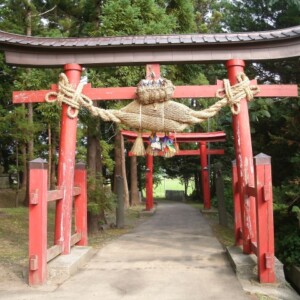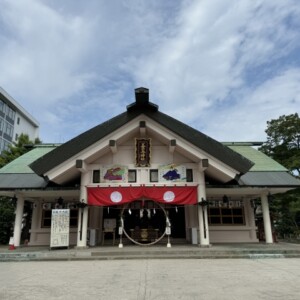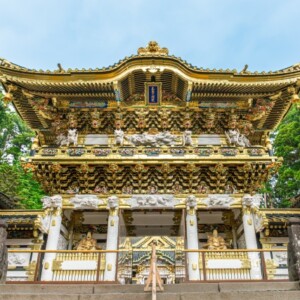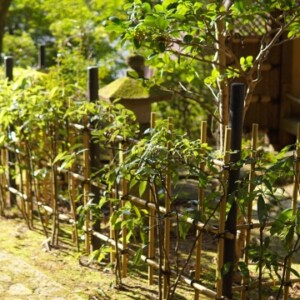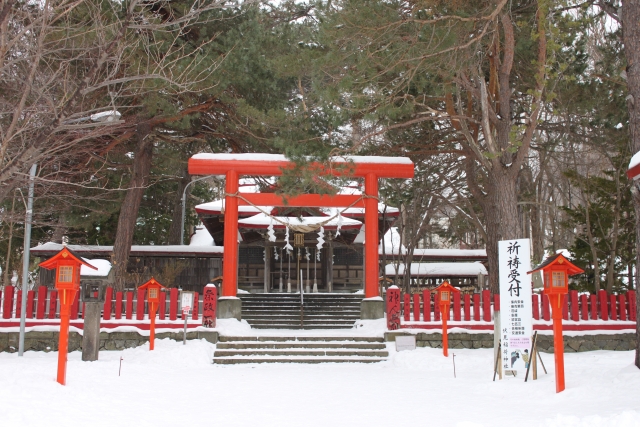
Sapporo Fushimi Inari Shrine|Complete guide to the history, highlights, and worship information of this historic shrine
Sapporo Fushimi Inari Shrine, which stands guard over the city of Sapporo, is a historic shrine dedicated to the spirit of Fushimi Inari Taisha in Kyoto. 27 vermilion-painted torii gates stand in a row, attracting many worshippers with their fantastic sight and the magnificent view of the city of Sapporo from the foot of Mt. As a power spot known for its blessings of prosperous business and good harvest, the shrine continues to be loved not only by locals but also by tourists from outside Hokkaido and abroad.
Outline and basic information about Sapporo Fushimi Inari Shrine
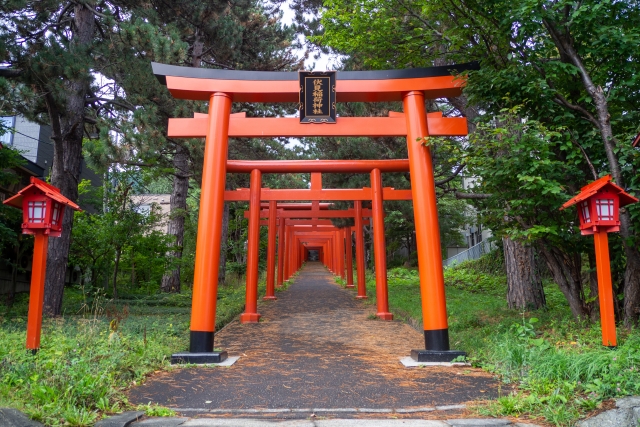
Sapporo Fushimi Inari Shrine is a historic shrine founded in 1884 (Meiji 17) with a branch spirit from the Fushimi Inari Taisha shrine in Kyoto. It is located at the foot of Mt. Moiwa in Fushimi, Chuo-ku, Sapporo, where it stands today, and its former status as a local shrine has been highly prestigious. The shrine grounds cover a vast area of 4,300 tsubo (14,190 square meters), and the shrine pavilions are built in the traditional Shinmei-zukuri style.
History and Origin
The history of Sapporo Fushimi Inari Shrine dates back to April 1884, when the shrine was initiated by Shigeo Nomura I, a former Priest of the former Kantei Taisha Sapporo Shrine. The origin of the shrine was that the former Kantei Taisha Inari Shrine in Kyoto (present-day Fushimi Inari Taisha Shrine) was invited to the shrine, and a branch deity was dedicated to the shrine in Minami-Gojo Higashi 1-chome, Sapporo Ward.
Later, in March of 1898, the shrine was relocated to Juniken, Kotoni-mura, and in 1909, it was moved to its current location at the foot of Mt. The shrine was moved to its current location at the foot of Mt. Moiwa in 1909.
The shrine’s status improved over time, and in 1919 it was upgraded to village shrine status, and in 1941 to township shrine status. This elevation shows that faith in the shrine deepened with the development of the community.
In 1903, Oyamazuminomikoto, Okuninushi-no-Mikoto, and Kotoshironomikoto were enshrined together, and in 1909, Amade-no-Mikoto was enshrined together. The increase in the number of deities enshrined at the shrine is believed to be a prayer for the prosperity of agriculture, commerce, and industry, and represents the wishes of the people of Hokkaido during the pioneering period of the island’s development.
Deities and Benefits
Sapporo Fushimi Inari Shrine enshrines five deities: Uganomitama no Mikoto, Oyamazuminomikoto, Okuninushi no Mikoto, Kotoshironomikoto, and Amadenomikoto.
The main deity, Kurainatama-no-Mikoto, is popularly known as “Inari-sama” and is regarded as the grand ancestor of food, clothing, and shelter. The deity is revered by a wide range of people as the guardian deity of a good harvest, prosperity, and prosperity in business. The deity is especially revered by people engaged in business and those involved in agriculture who wish for abundant harvests, and its divine power is still felt by many worshippers today.
Oyamazuminushi-mikoto is known as the god of the mountains and is responsible for the blessings and safety of nature. Ookuninushi-mikoto is known as the god of marriage and good fortune, Kotoshironushi-mikoto as the patron god of business prosperity and fishery, and Amaenomi-no-mikoto as the god of the arts and crafts, each bringing different benefits.
The combination of these deities makes Sapporo Fushimi Inari Shrine a comprehensive power spot that offers blessings for all aspects of life, including prosperous business, match-making, family safety, and the improvement of arts and crafts.
Sapporo Fushimi Inari Shrine Highlights
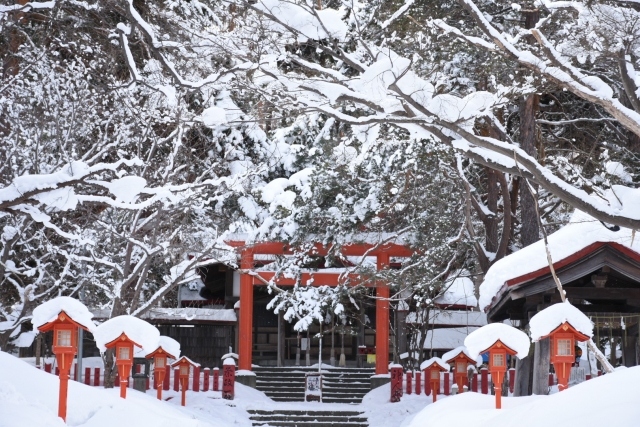
The main attraction of Sapporo Fushimi Inari Shrine is its fantastic scenery with vermilion-lacquered torii gates similar to those at the main shrine in Kyoto, and its excellent location overlooking the city of Sapporo. Several power spots are scattered throughout the shrine grounds, creating a special space that responds to the wishes of each worshipper.
Attraction of 27 vermilion-lacquered torii gates
The symbol of Sapporo Fushimi Inari Shrine is the 27 vermilion-lacquered torii gates that line the approach to the main shrine. Reminiscent of the Senbon-torii of the Fushimi Inari Taisha shrine in Kyoto, this sight is a rare opportunity to experience the atmosphere of authentic Inari worship without having to leave Hokkaido.
The torii gates were dedicated to the worshippers to “grant” their wishes or to thank them for “granting” their wishes, and each one represents the sincere wishes of the worshippers. The rows of torii gates, all in vermilion, create a powerful and beautiful impression during the daytime and a fantastic atmosphere at dusk.
In addition to the torii gates, there are seven lanterns on the temple grounds, which are lit in the evening to create an even more mystical scene. The lights of these lanterns illuminating the torii gate are truly fantastic, attracting many visitors and tourists alike.
The journey through the torii gate to the main shrine is a precious time to purify the mind and forget the hustle and bustle of daily life. Each step you take will increase your sense of holiness and renew your gratitude to God.
Spectacular view overlooking the city of Sapporo
Sapporo Fushimi Inari Shrine is located at a high altitude at the foot of Mt. This view is one of the major attractions of the shrine and makes it a special place where visitors can enjoy the beautiful scenery of Sapporo as they visit the shrine.
On a clear day, you can see the Sapporo Dome, the skyscrapers around Sapporo Station, and even the Ishikari Plain, giving you a sense of Sapporo’s development. The view at sunset is especially special, and the golden glow of the city lit up by the setting sun is breathtaking.
In winter, you can look down on the snow-covered cityscape of Sapporo and enjoy the seasonal changes. The contrast between the snow-covered cityscape and the vermilion-lacquered torii gate is loved by many people as a beautiful scene unique to Hokkaido.
Combined with its value as a scenic spot, Sapporo Fushimi Inari Shrine has become one of the most popular tourist destinations in Sapporo, attracting not only locals but also many tourists from outside Hokkaido and overseas. Moiwa ropeway, famous for the three newest night views in Japan, is also nearby, making it a popular stopover during sightseeing.
Wishing Stone and Moiwa Shiryuu Daishin
Within the precincts of Sapporo Fushimi Inari Shrine, there is a power spot called a “wishing stone. This wishing stone is believed to grant wishes by cutting off one’s favorite object, and many visitors come to the shrine to make a serious wish. It is a precious place that conveys to the gods the earnestness of the wish by sacrificing something, an ancient form of faith that has been handed down to the present day.
In addition, a stone monument of “Moiwa Shiryuu Daishin” (Great God of White Dragons) has been erected in the precincts of the temple. This Great White Dragon God is believed to be the god of fortune, and especially in the year of the dragon in 2024, many worshippers visited the temple. Dragons have been considered lucky animals since ancient times and are believed to bring good luck, especially in the areas of money and fortune.
A visit to Moiwa Hakuryu Ojin is especially meaningful for those who wish for prosperous business and financial fortune. Many visitors expect even greater benefits by visiting the shrine in combination with the blessings of the main deity, Kurainatama-no-Mikoto.
Each of these power spots has its own unique characteristics, but they are cherished as places that respond to the various wishes of worshippers. The Fushimi Inari Shrine is also an attractive place to visit for different purposes, such as to renew one’s resolve at the Wishing Stone or to pray for better fortune at the Moiwa Hakuryu Ojin (Great God of White Dragons).
Guide to Worship
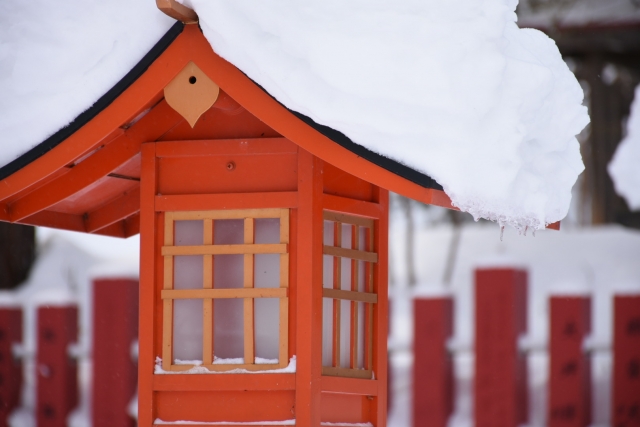
Worship at the Sapporo Fushimi Inari Shrine is a precious experience in a sacred place. It is important to pay your respects with all your heart and mind, keeping in mind the proper manners of worship and being considerate of other worshippers. In addition, seasonal events and special events are also held at the shrine, allowing visitors to enjoy the unique charms of each season.
Worship Etiquette and Manners
Visiting the Sapporo Fushimi Inari Shrine is done in accordance with the general manners of shrine visits. When passing through a torii gate, bow and walk to the left or right, as the center of the path is considered to be the path of the gods. 27 torii gates line the path, and visitors should take their time to walk along the path, feeling the thoughts of the dedicatees behind each gate.
At the hand-watering booth, purify your body by cleansing your left hand, then your right, and rinse your mouth. After paying money, ring the bell, bow deeply, and bow with your wish.
Sapporo Fushimi Inari Shrine has special regulations regarding photography in the shrine grounds. As a rule, commercial photography or photography of people that would disturb worshippers is prohibited, and only photography of scenery for personal enjoyment is permitted. This is to maintain the sanctity of the shrine as a place of worship and to ensure that all visitors can visit the shrine comfortably.
When visiting the shrine, please be considerate of other worshippers and act quietly. Especially on the approach to the approach to the shrine, which is lined with vermilion-lacquered torii gates, be careful not to obstruct traffic by becoming too absorbed in taking photographs. The most important thing is to visit the shrine quietly and with a sense of awe and gratitude to the gods.
Annual and Seasonal Events
Sapporo Fushimi Inari Shrine hosts a variety of events and festivals throughout the year. One of the most important events is the annual festival held on September 9. This annual festival is an important event commemorating the founding of the shrine, and many visitors come to offer their thanks to the gods.
From spring to fall, an event called “Fushimi Marche” is held, and on July 6, 2025, there will be a red seal for good luck in money, a sen wash, and a kitchen car. These events are important opportunities to connect the local community with the shrine, allowing visitors to enjoy a pleasant time along with their visit to the shrine.
In the fall, the Shinnae Festival is held to offer thanks to the gods for the harvest. A special market is held during this time, and visitors can enjoy the blessings of autumn as they visit the shrine. Special seasonal events are also held during the Doll Festival, such as photo shoots and a matcha (powdered green tea) ceremony.
In early February, a candle-lighting event is scheduled, where visitors can enjoy the fantastic sight of the vermilion-lacquered torii gate and lanterns illuminated by candlelight. These light-up events are often held amidst a snowy landscape, and are loved by many as a beautiful winter scene unique to Hokkaido.
Red Seal and Good Luck Charm Information
At Sapporo Fushimi Inari Shrine, visitors can obtain a red seal as a souvenir of their visit. The first red seal is 700 yen and is available at the shrine office. The red seal is a symbol of the visit to the shrine and an important reminder of the connection with God, and is popular with many visitors.
Limited edition red seals are sometimes awarded for special events. For example, during the “Fushimi Marche” event, a special “red seal” is available for those who wish to receive a special “red seal” to boost their financial fortune.
At the shrine office, good-luck charms and omu-fuda (charms of good luck) are also available. The shrine office also offers a variety of amulets and charms, such as those for business prosperity, family safety, and matchmaking, allowing visitors to choose the one that best fits their wishes. The amulet for business prosperity, which is a blessing of Kurainatama-no-Mikoto, is particularly popular, and is often sought after by people running businesses and those seeking employment.
The shrine also has a “Matcha (powdered green powdered tea) shop, Mian,” where visitors can enjoy Uji green powdered tea and Japanese sweets. It is open from 10:00 to 14:00 on Sundays and other irregular holidays. Visitors can take home a plate of sweets from the wagashi set, which will be treasured as a memento of their visit to the shrine.
Access and usage information
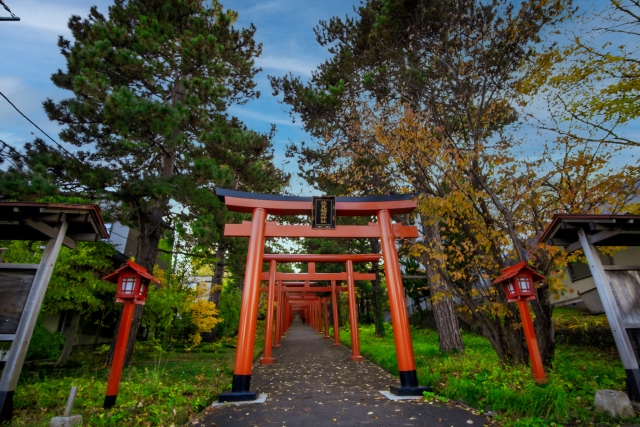
Sapporo Fushimi Inari Shrine is located at the foot of Mt. Moiwa in Chuo-ku, Sapporo, and is easily accessible from the city center. It is accessible by both public transportation and private vehicles, with the best routes available for each mode of transportation.
Transportation Access
If you use public transportation, the nearest station is Maruyama Koen Station on the Sapporo Municipal Subway Tozai Line. From Maruyama Koen Station, take the JR Hokkaido Bus ropeway line (Kaigawa sakihatari), which takes about 9 minutes to arrive at the Jikeikai-mae stop. From the bus stop, it takes about 3 minutes to reach the shrine on foot.
It is also accessible on foot from the Sapporo City Tram Nishisen 14-jo stop, which takes about 15 minutes. When using the tram, you can travel leisurely and enjoy the view of the Sapporo cityscape, which is suitable for preparing your mind before visiting the shrine.
If you come by car, it takes about 20 minutes from the center of Sapporo (Sapporo Station). Drive along Mt. Moiwa Foothill Road from the Maruyama direction toward the Mt. Moiwa ropeway, and turn right toward the mountain side at the signboard of the shrine to reach the parking lot. When setting the destination in the car navigation system, it is convenient to use the map code “9 399 853*14” for direct directions to the parking lot.
Moiwa ropeway, famous for the three newest nightscapes in Japan, is also nearby, making it an ideal location for a stopover during sightseeing. Moiwa, you will be able to enjoy a more fulfilling sightseeing tour of Sapporo.
<Address> 2-2-17 Fushimi, Chuo-ku, Sapporo, Hokkaido 064-0942, Japan
Hours of Operation, Fees, and Parking
Sapporo Fushimi Inari Shrine is open to visitors year-round, and the grounds are open all day. The shrine office is open from 9:00 a.m. to 4:00 p.m., and red seals and amulets must be purchased during these hours.
Special hours are set for the year-end and New Year’s holidays: from 8:00 to 16:00 and 19:00 to 24:00 on December 31, from 0:00 to 19:00 on January 1, from 8:00 to 19:00 on January 2 and 3, and from 9:00 to 17:00 on January 4 to 7. Since the temple is crowded with many visitors during Hatsumode (New Year’s visit), it is recommended that you allow plenty of time for your visit.
There is no admission fee, and anyone is free to enter the temple grounds. However, there is a surcharge for each of the gifts, such as red seals and amulets.
Parking for about 15 cars is available at the rear of the temple grounds and is free of charge. There is no parking on the front side of the temple, so please be sure to use the parking lot on the back side. Since the parking lot can be crowded on weekends, holidays, and special events, we recommend that you consider using public transportation.
To reach the parking lot, turn right on the mountain side from Moiwa Sanroku Dori and walk up the hill for a short distance, where you will see a red signboard reading “Sapporo Fushimi Inari Shrine. The parking lot is operated by the shrine and is properly managed for the safety of visitors.
Reference sites
Sapporo Fushimi Inari Shrine official website: https://fushimiinari.or.jp/



